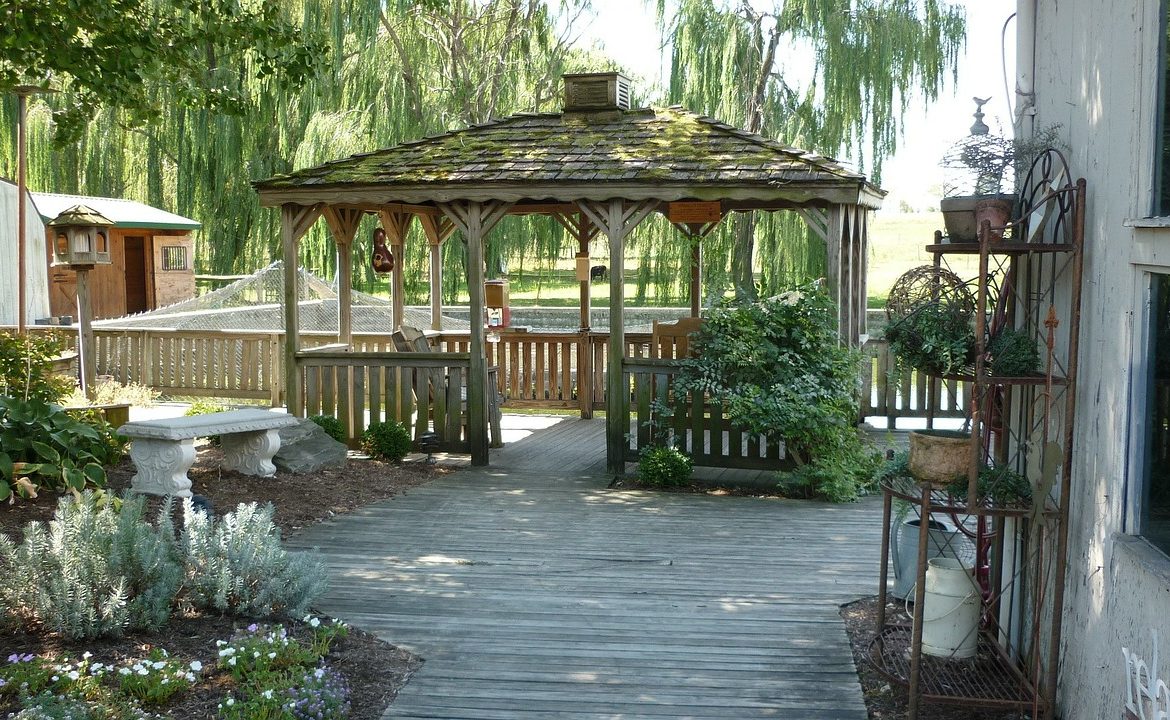Thinking about building or buying a gazebo? You’ve likely seen these eye-catching structures in various outdoor settings and have been charmed by their romantic appearance. They are a great addition to any outdoor landscaping, since they are both decorative and practical at the same time. A patio gazebo can also add value to your home.
However, you cannot just pick any design and apply it to your garden. There are a few things you must consider beforehand, to make sure that your investment doesn’t go to waste.
Gazebos vs. Pergolas
First, what is a gazebo? These are structures with a solid roof and sides that are partially open. You can even get it screened in, to keep insects out. Some gazebos also come with flooring or can be built on a concrete base—it all depends on how permanent you want it in your space.
The most distinct feature of a backyard gazebo would be its shape. These are usually oval or octagonal, but some designs are rectangular in style. Compared to a pergola, these are more enclosed and provide more shade.
Pergolas, on the other hand, come with lattice-style roofing and are supported by posts on either side. They can be used to define and add more character to your space. In some cases, these are also used as a trellis for vining plants. Adding an outdoor canopy to your pergola will ensure it can provide maximum shade. However, it can dampen the design, so be careful when choosing.
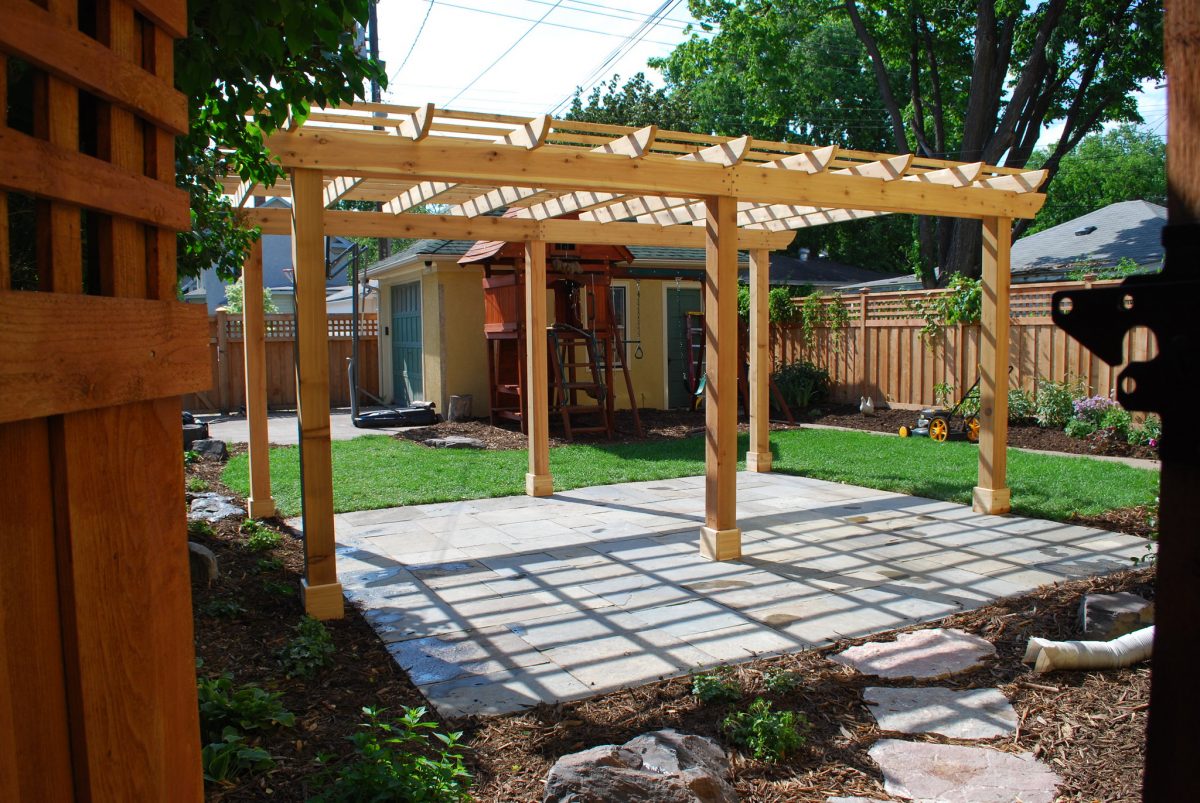

Pergolas: Pros
+ Inexpensive
+ Easy to set-up
+ Adds value to your home
+ Comes in a variety of materials and styles
Pergolas: Cons
– Doesn’t provide as much shade
– No flooring
– Doesn’t come with insect protection
– Cannot withstand extreme weather


Gazebos: Pros
+ Adds value to your home
+ Can offer shade and protection from the elements
+ Has both a roof and a floor
+ Can accommodate electricity and appliances
+ Comes in different materials and styles
Gazebos: Cons
– More expensive
– Takes up more space
– More complicated to build
Which of the two is better? It all depends on the purpose and what you’re looking to add to your home. Pergolas tend to be less permanent structures—in fact, you’ll find ones that can be moved anywhere in your property easily. Gazebos are similar to a degree.
When it comes to cost, there is a significant difference between the two, so consider that as well before you choose.
Gazebos vs. Pergolas: Price Comparison
An average 9-foot pergola can cost you anywhere from $3,000 to $6,000. In comparison, a 9-foot wood gazebo can cost $5,000 to $10,000. The price will vary according to the materials used, any additions you make to the original design, and the size of the structure.
Any change you make to beautify your living spaces can add to the overall value of your home. That’s about a 14% increase, if you do it right. To make it worth the investment, you’ll need to choose durable materials. Doing so not only enhances its strength, but also ensures longevity.
For example, a pergola built out of hardwood will last five to ten years before it requires any repairs. A patio gazebo made out of the same material will last twice as long!
DIY Gazebo: What You Need to Know
If you want to lower the costs, building a gazebo from scratch is also an option. However, actually doing it can be challenging. This is especially true if you’ve never worked on a similar project before. There are three different approaches to the whole process:
- Commission someone else’s original design
- Use gazebo kits
- Build using a set of gazebo plans
Of course, you’ll need advanced carpentry skills to get this done. If you don’t have previous experience or if you’re not confident, we suggest skipping the DIY gazebo and getting a contractor to do it instead. This will save you from a potential loss in monetary and time investment.
Instead of building from scratch, however, gazebo kits are more manageable even with just basic carpentry skills. Some people even do this as a weekend project with their families, so that should tell you how easy it can be to accomplish.
If you want to keep it up permanently, stability is important. To make sure you have a solid structure, however, consider getting a contractor to lay down the foundation for you. This should cost you around $500 and up for labor.
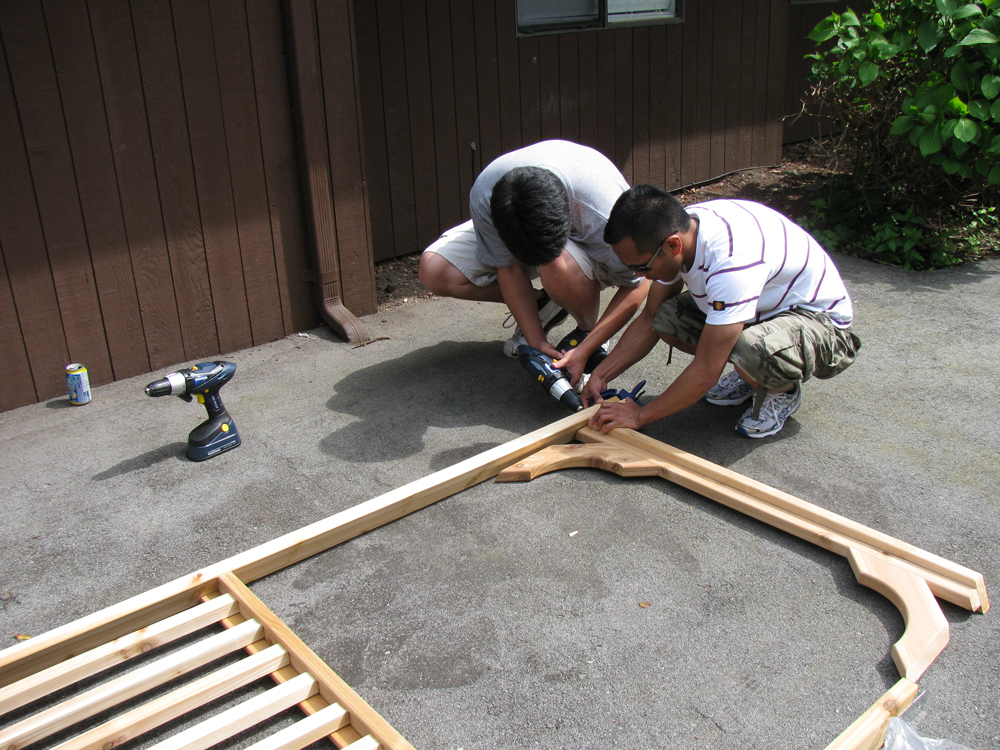

Things to Consider When Building a Gazebo
- When planning, consider if you want built-in seating or if you’d rather add furniture to your structure instead. Since it’ll be roofed, you need not worry about the weather ruining your chosen furnishing.
- Both pergolas and gazebos are versatile when it comes to placement. These can be placed as a stand-alone structure or on top of a deck. A pergola can also be attached to the main house.
- You might think this is purely aesthetic, but making the design cohesive between your home, yard, and gazebo will make things more appealing. Remember: the goal is to increase the value of your home, not create a potential eyesore in the process.
- Additional furniture. Do you plan on adding other fixtures to your gazebo? If so, consider their size when planning the dimensions of your structure.
Best Materials to Use
- Metal Gazebo. Most DIY gazebo kits are made out of metal or aluminum. These are affordable, easy to build, and come in many different styles. These are also often referred to as a grill gazebo and can provide ample cover for any patio or deck. The con, however, is that they are not as permanent as other options.
- Wood Gazebo. Compared to a metal gazebo, these structures are more permanent and can last for years. These wooden versions also come in gazebo kits, but require more effort to set-up.
- Vinyl Gazebo. If you’re looking for a structure that requires little maintenance, this option might be for you. Vinyl gazebos are created using pressure-treated pine, which are wrapped in PVC vinyl. This extra layer makes them easier to clean and adds to its durability. These are also available in kit form and are great for use as a hot tub gazebo.
Top Ten Gazebo Ideas
Not sure where to start with planning the design for your gazebo? Here are ten simple designs for every type and size of outdoor space. Remember, choose one that best fits your preferences, your needs, and the available space.
Asian Inspired
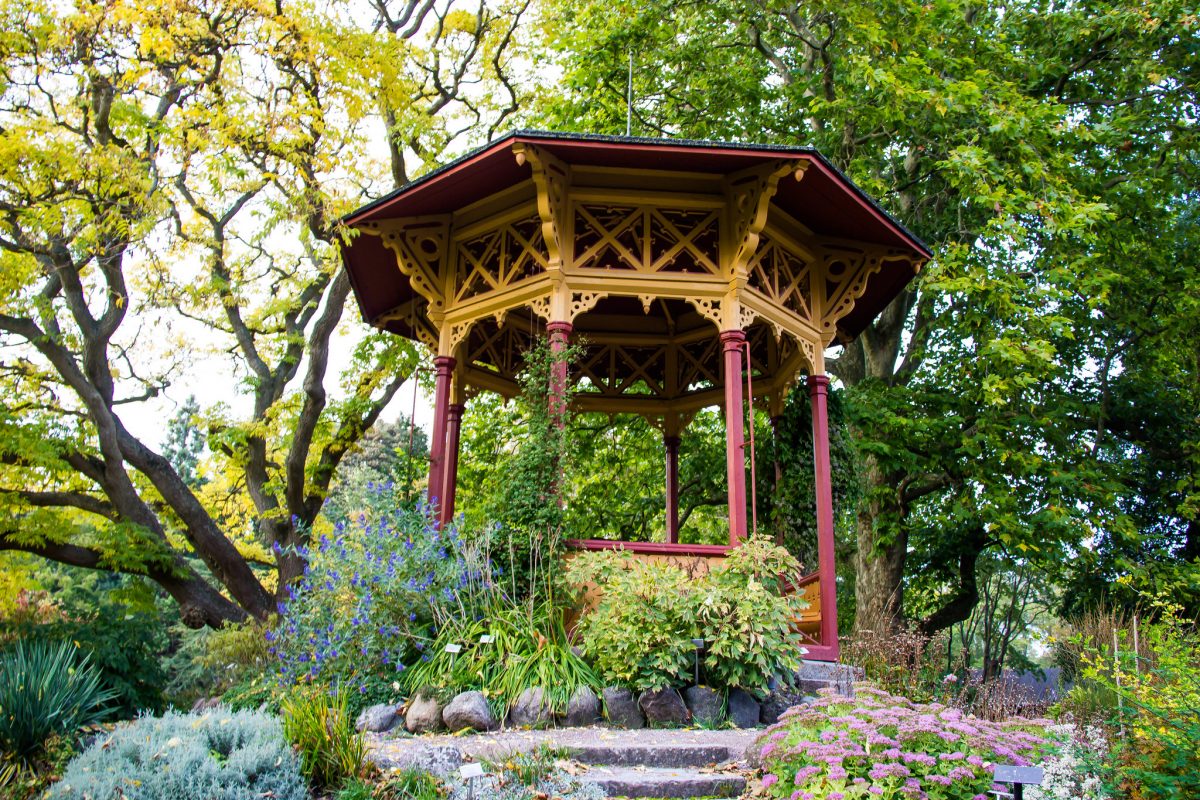

If you’re looking to bring in a bit of Zen into your outdoor living space, this is a great design to consider. An Asian-inspired gazebo can be minimalist or ornate in style. This one features graceful curves, which balances out the angular shape of its roof. It’s a relatively small size — perfect for a pond-side structure — but could also be expanded to accommodate more furnishings. It makes for a lovely outdoor tea room as well!
Garden Grill Gazebo
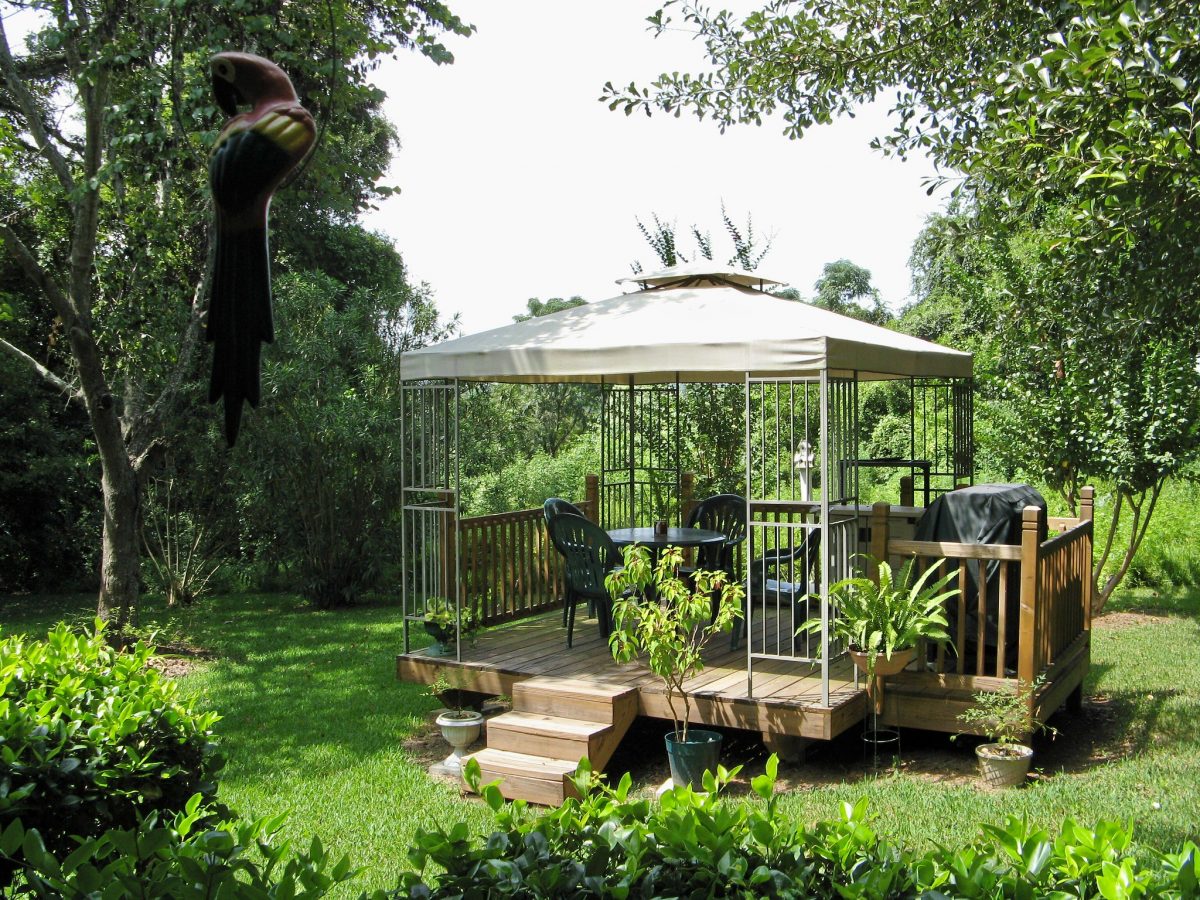

Just because it’s made out of metal, it doesn’t mean this particular design doesn’t have its own charm. With the right pieces of furniture, placement, and ornamental plants as accents—you can turn the basic metal structure into something a bit more romantic. All it takes is some creativity!
French Windows
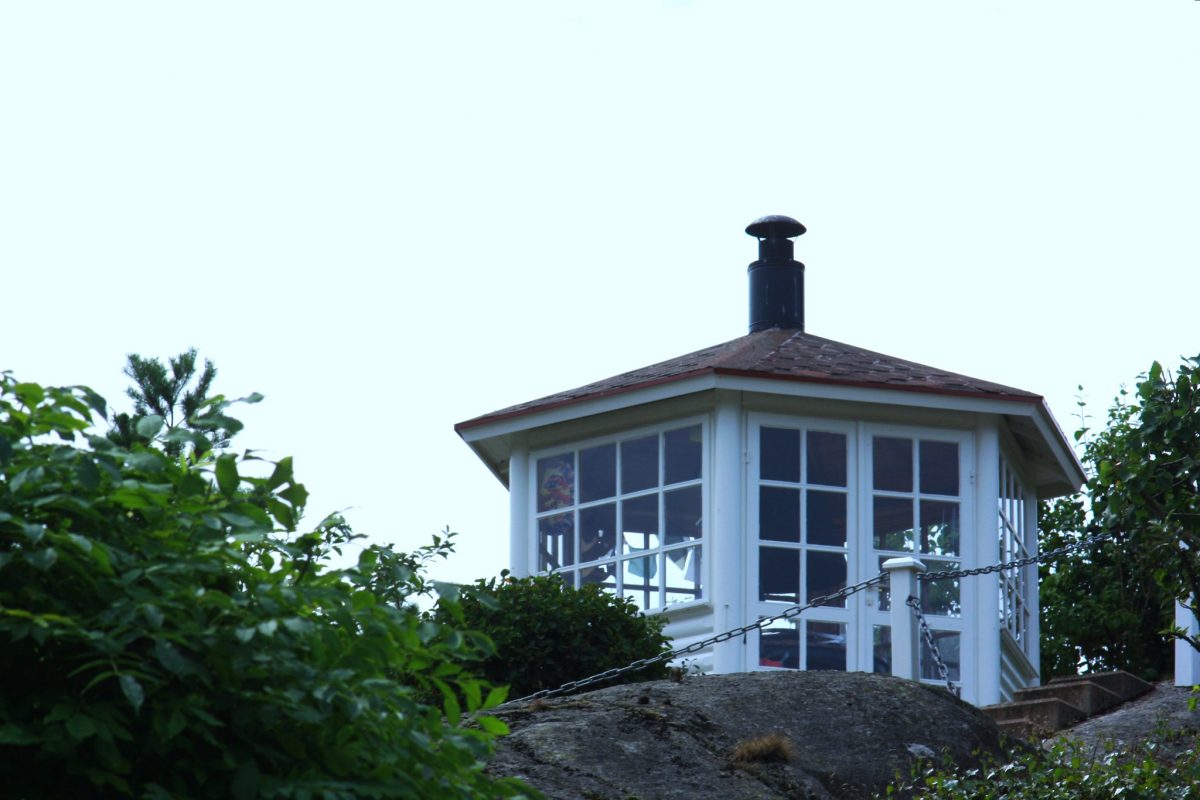

French windows on a gazebo? If screens aren’t your thing, then this elegant take might just tickle your fancy. Not only does it provide protection from insects and the elements, it also provides you with an outdoor rest area. Think of it as an extra room for your home. You’ll be able to comfortably eat, work, rest, and even spend a night in this cozy structure. If the weather permits it, of course.
Cozy Lattice Walls
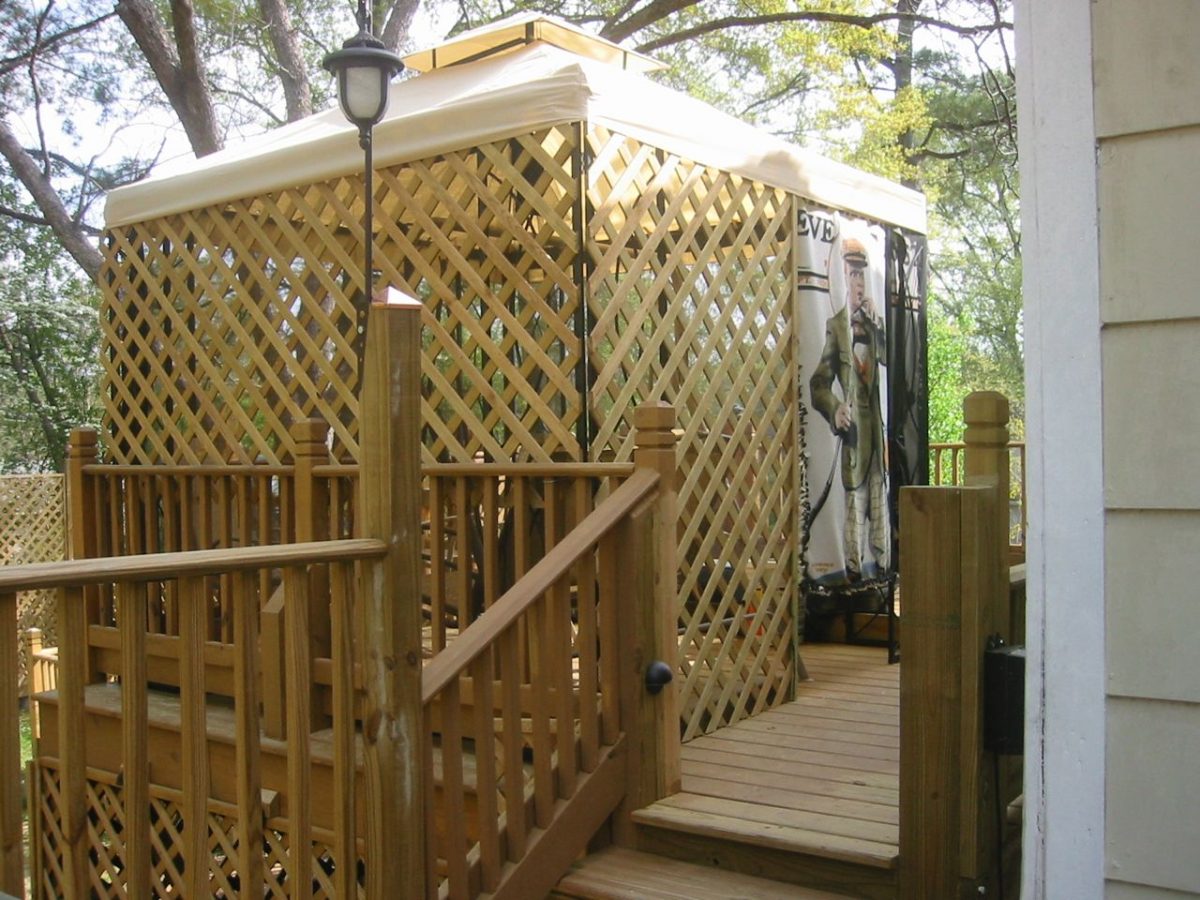

The thing about metal gazebo kits is that they are very versatile. You can decorate these structures however you want. In this case, aside from adding a net, the owner added a lattice wall for more privacy. It tempers the coldness of the metal and gives the design a warmer appearance. Add some vining plants or florals to the mix, and this can be quite the charmer!
Rooftop View
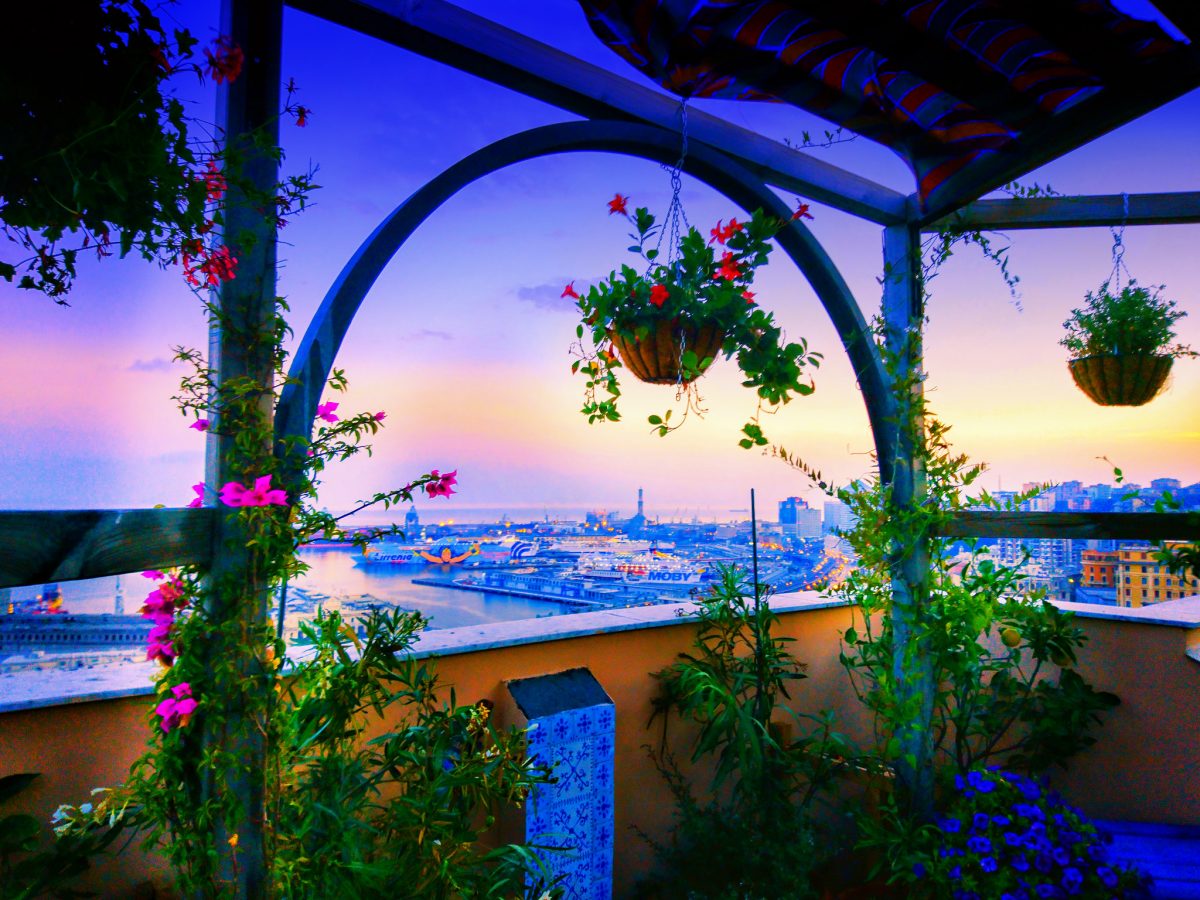

No yard? No problem! If you have ample roof space and your home is built for it, add a gazebo! It can turn this outdoor area into an extension of your living space. Depending on the style you want, you can go for a full gazebo canopy, which would provide shade. Why not opt for a skylight, too? This way, you’ll be able to keep plants and save money on electric lights.
Decorate with Lights
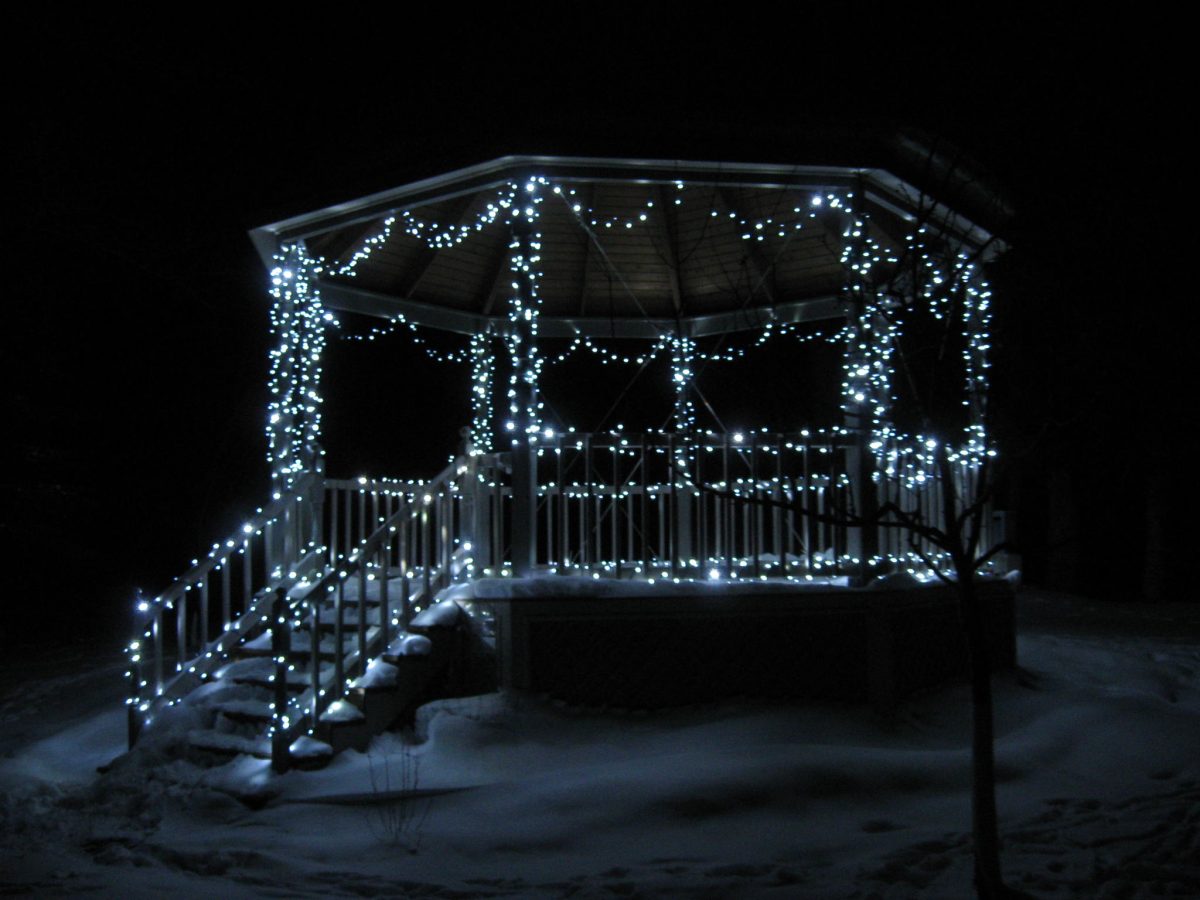

Sometimes, it’s less about the structural design and more about how you “accessorize”. Gazebo lights can add a romantic touch and help you create a dreamy space even outdoors. Just make sure you choose weatherproof lighting to keep things safe. This style would fit any backyard, regardless of theme so it’s versatile enough for anyone to try. Not to mention, one of the most affordable ways to spruce up a pre-existing gazebo that needs a bit of love.
Tropical Style
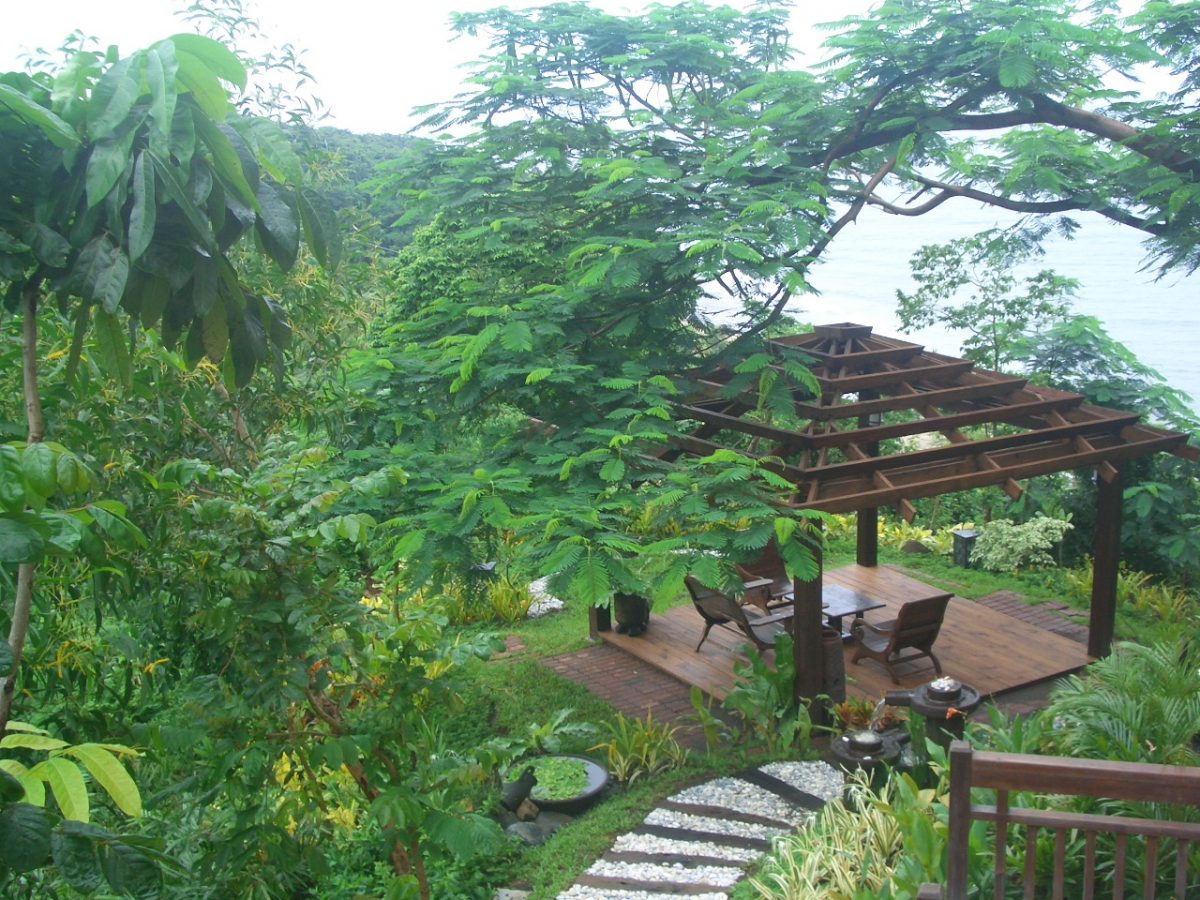

If you live in areas with milder climates, this is a great design to maximize all that good weather. You have the option of keeping the roof bare or using a gazebo canopy during wetter months. It’s a pretty minimalist structure that gives off a resort vibe. Opt for wood flooring instead of concrete to maintain that ambience. Be mindful when it comes to choosing the appropriate furnishings as well!
Shabby Chic


The shabby chic style is perfect for those looking for a romantic garden centerpiece. You can add string lights to this structure, vining roses, and even a few pieces of furniture to make it cozier. A shabby chic gazebo would be typically made out of wood, but you’ll find similar styles in vinyl form as well. Opt for a slate roof if you live in areas that see a lot of rain all-year-round.
Hut Style
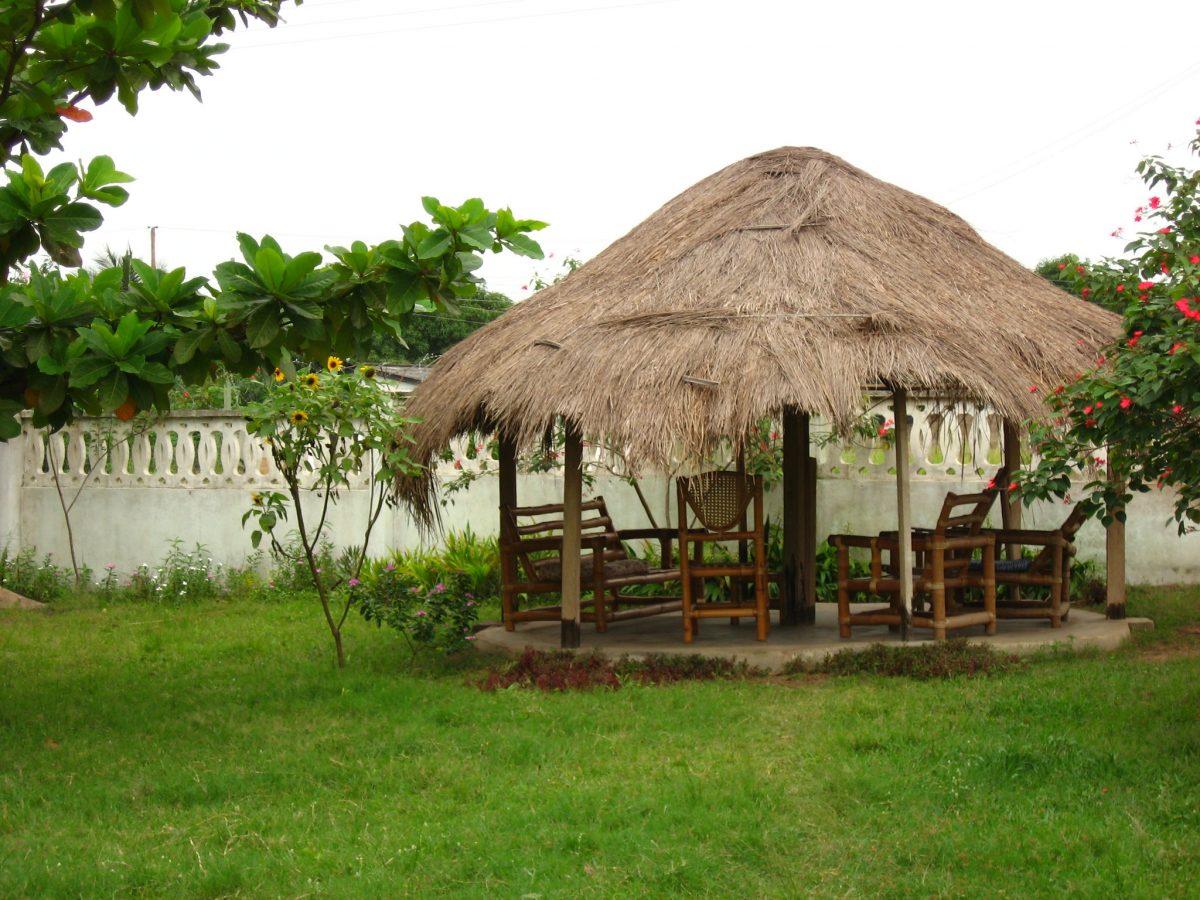

If you’re looking for a style that’s truly unique, why not go for a hut style gazebo? Think of it as building a “tiny vacation home” in your own backyard. This one is built out of bamboo, including the furniture, but you can always use the material that’s readily available to you. Do note that designs such as this one will only fit a certain type of aesthetic and climate. Nonetheless, it’s a refreshing take on the classic.
European Style
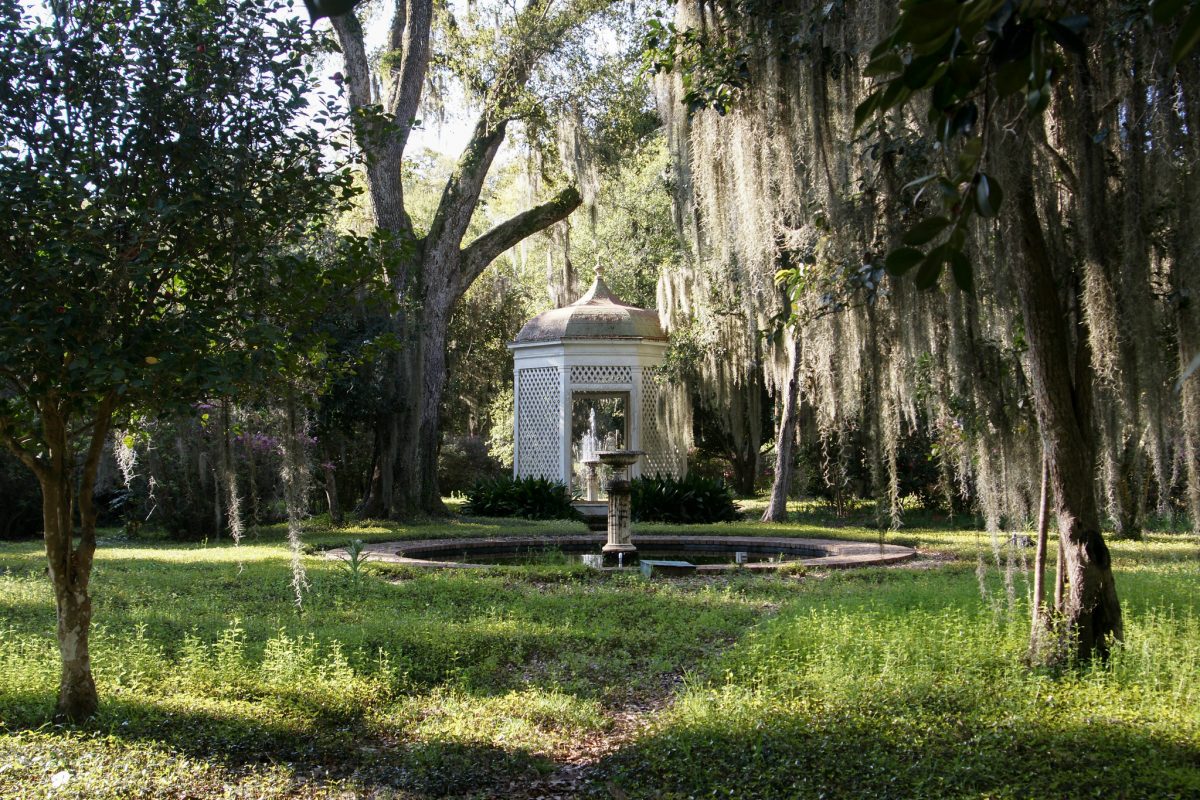

If you have the budget and space for it, then you might want to consider using stone material for your gazebo. As seen in this example, it truly exudes old-world elegance, reminiscent of European gardens. This also has a unique dome-shape roof, which gives it a softer appearance. A structure like this would not only require a significant budget, you should also make sure that it matches the surroundings well. You wouldn’t want your gazebo to overpower the rest of your home, right?
In Closing:
When designed properly, gazebos can serve so much more than an aesthetic purpose. However, if you fail to plan for it carefully, it can also end up becoming an eyesore. Keep in mind that structures such as these, particularly the more permanent ones, will require a certain degree of upkeep.
Much like your main residence, you’ll need to check it for any structural damages. It would have to be repainted every so often and weatherproofed regularly. As we mentioned earlier, adding a gazebo to your home is a form of investment—therefore, you must take care of it like one.

